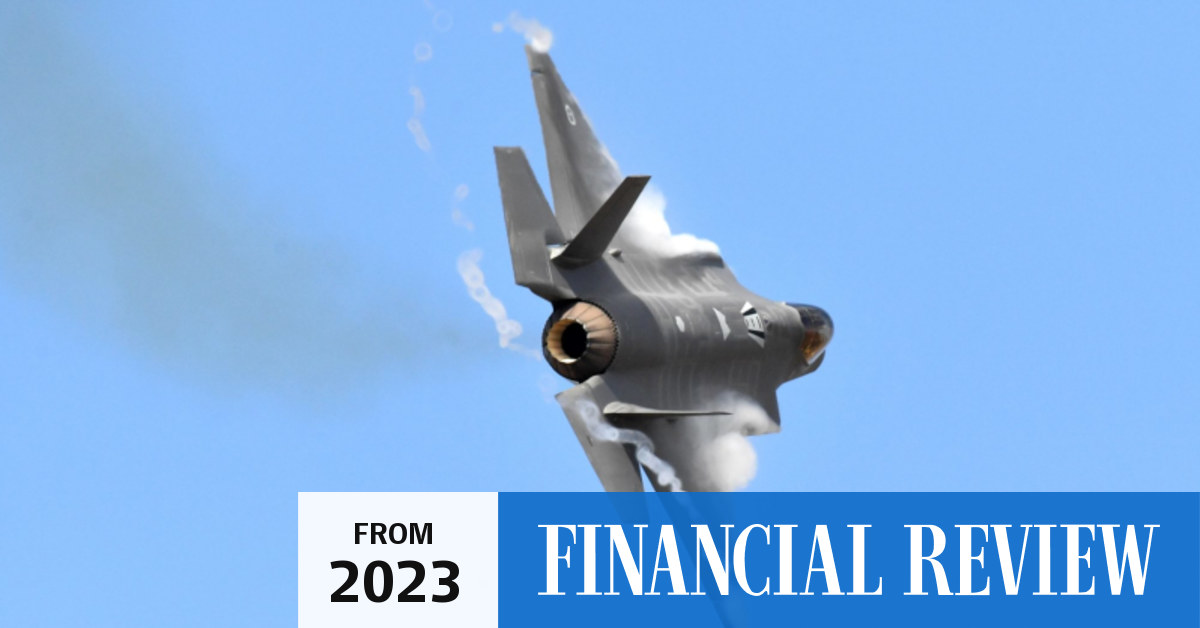Todjaeger
Potstirrer
- Thread Starter Thread Starter
- #3,021
Quoted messages from the RAN thread for reply here, as it details with the whole ADF and not 'just' the RAN.
First, let us look at the changes announced for the IFV and SPG acquisitions. Without looking at the public DSR documents again, I am going off memory but IIRC the announced numbers was a reduction to roughly a third of the numbers originally planned. That significant a reduction in numbers changes was force structures are possible, and it also impacts industry. Facilities, work forces and supply chains which have or are being established to support one build volume will be overkill for a build that is a third that size. A company that might have planned on six years of work to build vehicles and spares might suddenly be looking at running out of work and having the idle the facility and/or make the workforce redundant after perhaps three years. Changes like this are of a type to burn industry and industrial capacity. At the same time, such reductions in planned numbers will impact the land forces, likely in a way which could reduce morale as well as new enlistment plus increasing separation rates and increasing retention issues. Soldiers or potential soldiers who had thought they would be serving on/with IFV's and IFV support might look at what they can expect to serve with and decide, "F that..."
Now, it could be that the announced number reduction is just temporary. However, if this becomes the case, then it would be an instance of gov't making announcements based upon what they (the gov't of the day) perceive will be advantageous to them politically, despite the announcement appearing to be negative for Defence and for defence industry.
Similarly, if the gov't of the day has made decisions on what paths will be taken going forward, but is holding off on making announcements because of a desire to get the maximum political benefit from the announcements, then that would be another example of politics interfering in Defence, to the detriment of Defence.
ANDI am absolutely not saying that. And if I was king for a day I personally think that we should’ve gone ahead with the full planned IFV and SPG buys (which we may do, and these “cuts” are just an accounting trick).
The two quoted posts might very well be correct, but it also illustrates reasons why at least some here on DT, myself included, have been rather dissatisfied with the DSR and subsequent announcements, leaks and reviews.Probably some combination of (a) they haven’t decided on their full response yet to all recommendations and want to announce it all at once, and (b) they’re looking to time the announcement for when they will get maximum political mileage. I was actually half expecting that after the Voice went down in flames that they might announce something to try deflect attention / reset the narrative but nothing yet…
First, let us look at the changes announced for the IFV and SPG acquisitions. Without looking at the public DSR documents again, I am going off memory but IIRC the announced numbers was a reduction to roughly a third of the numbers originally planned. That significant a reduction in numbers changes was force structures are possible, and it also impacts industry. Facilities, work forces and supply chains which have or are being established to support one build volume will be overkill for a build that is a third that size. A company that might have planned on six years of work to build vehicles and spares might suddenly be looking at running out of work and having the idle the facility and/or make the workforce redundant after perhaps three years. Changes like this are of a type to burn industry and industrial capacity. At the same time, such reductions in planned numbers will impact the land forces, likely in a way which could reduce morale as well as new enlistment plus increasing separation rates and increasing retention issues. Soldiers or potential soldiers who had thought they would be serving on/with IFV's and IFV support might look at what they can expect to serve with and decide, "F that..."
Now, it could be that the announced number reduction is just temporary. However, if this becomes the case, then it would be an instance of gov't making announcements based upon what they (the gov't of the day) perceive will be advantageous to them politically, despite the announcement appearing to be negative for Defence and for defence industry.
Similarly, if the gov't of the day has made decisions on what paths will be taken going forward, but is holding off on making announcements because of a desire to get the maximum political benefit from the announcements, then that would be another example of politics interfering in Defence, to the detriment of Defence.

